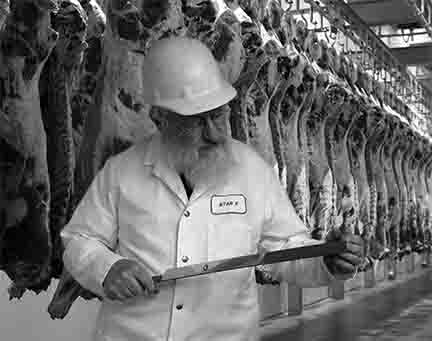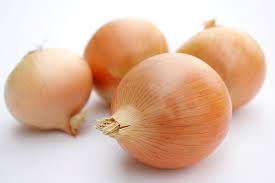January 2025
Download PDF of Full Article Here
The advent of baking oat matzah for Pesach is a relatively new phenomenon. As one of the Five Grains, oats qualify as an ingredient for matzah. Until circa 5740 (1980s), however, it never appeared in recorded halacha as something that was done in actual practice.
If someone with a wheat allergy can tolerate spelt, matzah made from spelt is an ideal alternative. Spelt and wheat are closely related both structurally and halachically. Additionally, some suggest that the order of grains in the Mishnah has significance. Thus, spelt, which appears third in the list, takes precedence over rye or oats. Others reject this notion and hold that position on the list does not indicate hierarchy for matzah.
What are the options for people who suffer from celiac disease, an inherited autoimmune disorder identified in the 1950s as being triggered by gliadin […]







 STAR-D
STAR-D STAR-S
STAR-S